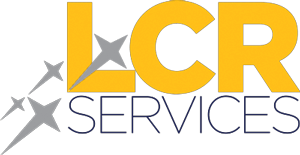When establishing a product line, collaborating with a cut-and-sew manufacturer can ensure that your items are produced to the correct specifications. If you require assistance with manufacturing cut-and-sewn products, you’ve come to the right place. Here at LCR Services, we’ll provide insights into the cut-and-sew manufacturing process through a blog post. If you’re keen on this information, we encourage you to continue scrolling below to learn more.
Below are the aspects of the production process that cut-and-sew manufacturers can assist you with:
- Creating complex and intricate patterns
- Establishing design goals and objectives
- Producing unique decorative pieces
- Crafting designs from scratch
One of the primary advantages of partnering with a cut-and-sew manufacturer is the opportunity to bring original pieces to life. You can envision and create distinctive products, relying on the experience, skills, and expertise of the manufacturer.
While it’s possible to submit patterns online, it’s advisable to meet with the manufacturer in person. This allows you to evaluate their skills and assess the quality of their work firsthand.
Offshore Companies
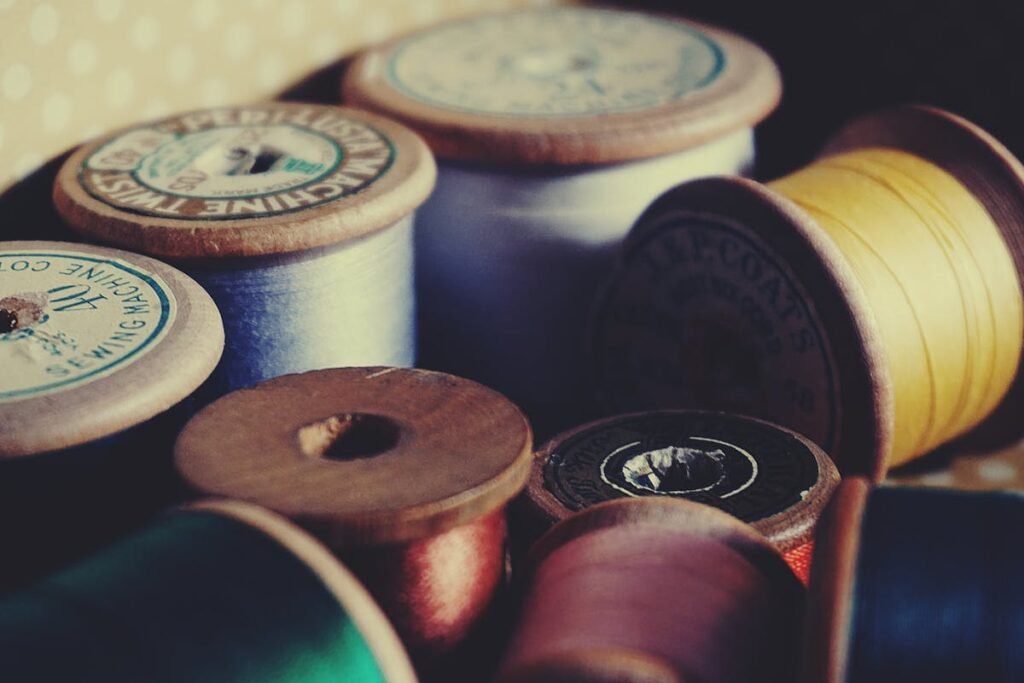
Many businesses have engaged with cut-and-sew manufacturers in other countries in hopes of reducing manufacturing costs. However, this practice is not advisable because offshore companies often bypass labor regulations mandated by the United States Government. Consequently, they may produce large quantities of products at lower prices to maximize profits, potentially compromising the quality of their work.
It is prudent to hire a reputable cut-and-sew manufacturer based in the United States. This approach has proven beneficial for numerous companies. US-based manufacturers are easily accessible, allowing for the assessment of their skills, knowledge, and market experience. Examining their tenure in the industry and past collaborations can provide insight into the quality of their work, particularly valuable for startups seeking assurance.
Despite technological advancements, distance remains a factor in client-manufacturer relationships. While communication channels like phone, video calls, and email are available, their effectiveness may be hindered by time zone differences and limited availability. Opting for onshore companies in the United States, such as LCR Services, ensures better accessibility and streamlined communication. Many cut-and-sew companies offer comprehensive services under one roof.
As a designer, while your goal is to create unique products, it’s essential to avoid partnering with offshore companies or onshore entities that outsource production offshore. Opting for an onshore company like LCR Services ensures accountability and adherence to US labor standards throughout the manufacturing process.
Different Types of Digital Printing Services
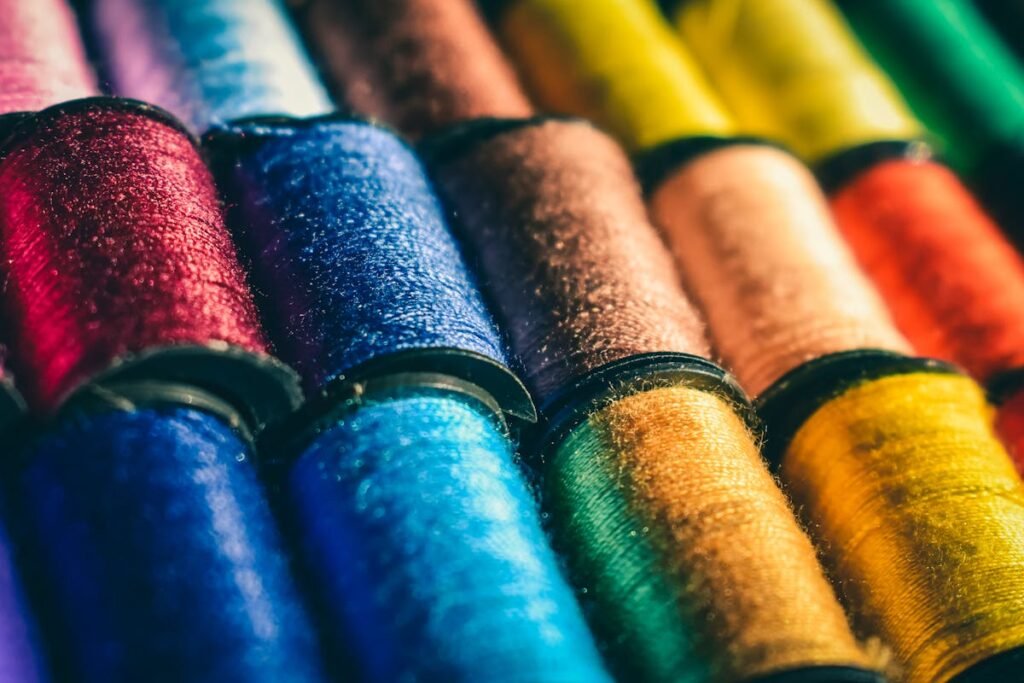
When printing patterns on fabric or garments, the method chosen can significantly impact the final outcome of the cut-and-sewn product.
Below are the various methods to consider for printing on fabric.
- Screen Printing: Primarily used for simple designs, screen printing can be time-consuming. Silkscreen has historically been employed for fabric and garment printing, commonly seen in DIY projects and high-volume production, particularly notable during the tie-dye T-shirt trend of the 1960s.
- Direct to Garment (DTG): This technique involves printing complex designs directly onto garments after they’ve been sewn.
- Digital Printing: A highly efficient method frequently integrated into the cut-and-sew manufacturing process. Digital printers are utilized to imprint designs onto raw fabric. The process begins with uploading designs to a computer, which are then sent to a digital printer. Digital printing involves the ink-jet method for printing designs and comes in two forms: sublimation and direct. While the printing technology remains consistent between the two, they differ in the media type used and the fabric preparation process.
- Sublimation Digital Printing: Involves printing a mirrored reflection of the design onto special paper, which is then transferred onto polyester fabric using heat press and pressure.
- Direct Digital Printing: Begins with applying a coating, known as padding, to the fabric to facilitate ink penetration. The fabric is then placed on the printer belt, where the desired design is printed onto it. Subsequently, the fabric undergoes processes such as heat drying, steaming, washing, drying, and ironing.
A Step-By-Step Look at the Cut-and-Sew Manufacturing Process
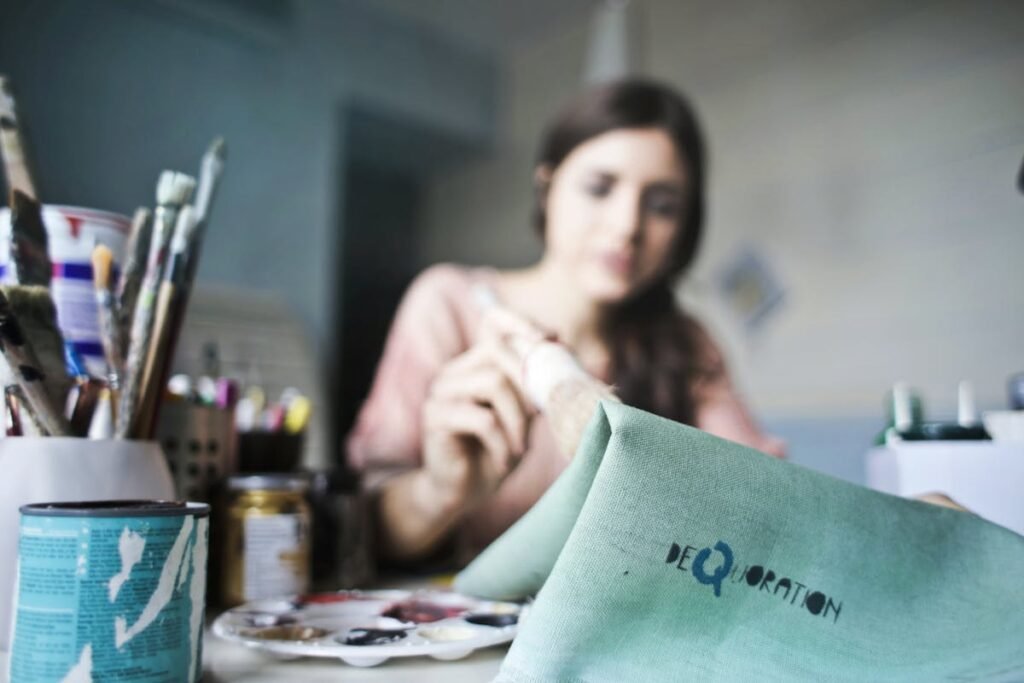
Here, we will take a step-by-step look at the cut-and-sew manufacturing process, breaking it down into digestible pieces for easy comprehension.
- Design and Pattern Making: It all starts with a design. From intricate sketches to computer-aided designs, this is where creativity takes shape. Once the design is finalized, a pattern is created, accounting for the various panels that will make up the final garment.
- Fabric Sourcing: With the pattern in hand, it’s time to source the perfect fabric. From luxurious silks to durable denims, the choice of fabric plays a vital role in the end product’s quality and appeal. Careful consideration is given to factors like cost, availability, and sustainability.
- Cutting: The pattern is laid out on the fabric, and precision cutting begins. Skilled craftsmen carefully cut each panel, ensuring accuracy and minimizing waste. This step requires attention to detail and a keen eye for measurement.
- Sewing: Now comes the heart of the process. The cut fabric panels are stitched together, transforming them into wearable garments. This step requires expertise in various sewing techniques and the use of specialized machinery.
- Finishing and Quality Control: Once the garments are sewn together, final touches are added. This includes hemming, adding buttons or zippers, and quality control measures. Every product is thoroughly inspected to ensure it meets the brand’s stringent standards.
- Packaging and Distribution: The finished garments are then neatly packaged and prepared for distribution. From warehouses to retail stores or online platforms, the distribution channels vary depending on the brand’s business model.
Throughout this step-by-step process, brands can optimize each stage to enhance the customer journey. From streamlining design choices to ensuring impeccable craftsmanship, every detail can make a difference in the end product and customer experience.
What are the Different Types of Sewing Machines?
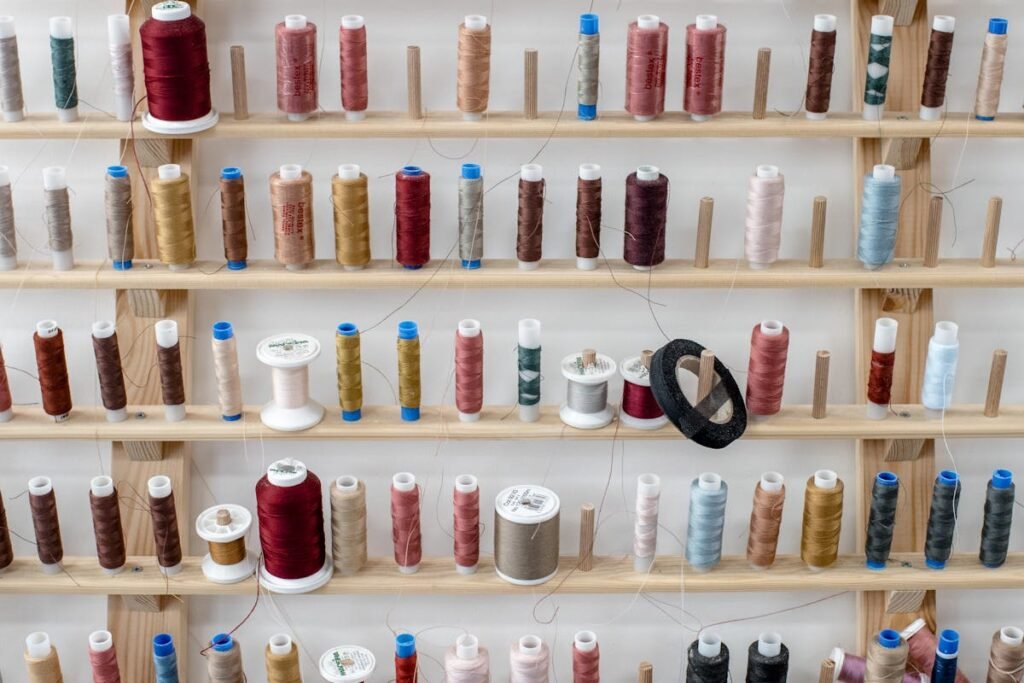
Sewing machines play a vital role in the cut-and-sew industry, categorized by the seams they produce and stitch class.
- Lockstitch Machines: Featuring a single needle and bobbin, used to join two or more fabrics.
- Overlock Machines: Equipped with 3, 4, or 5 threads, capable of creating various stitches, commonly used for garment panels like over-edge stitching.
- Flatlock Sewing Machines: Utilizing 2 or 3 needles passing through the garment to interloop thread and stitch a seam, often used for decorative purposes.
- Feed-off-the-Arm Machine: Used to create flat and felt seams using 2 needle threads to produce chain stitches.
- Buttonholes and Attaching: Specialized machines for attaching buttons and creating buttonholes.
- Bartack Machine: Creates stitches to reinforce seams and attach components to the fabric.
- Zigzag Stitching: Essential for many fabrics, capable of producing zigzag patterns and stitches.
The cut-and-sew manufacturing process enables the creation and production of complex designs using digital files. It offers an efficient method for product manufacturers to fully utilize creativity and innovation.
What are the Benefits of Cut-and-Sew Manufacturing?
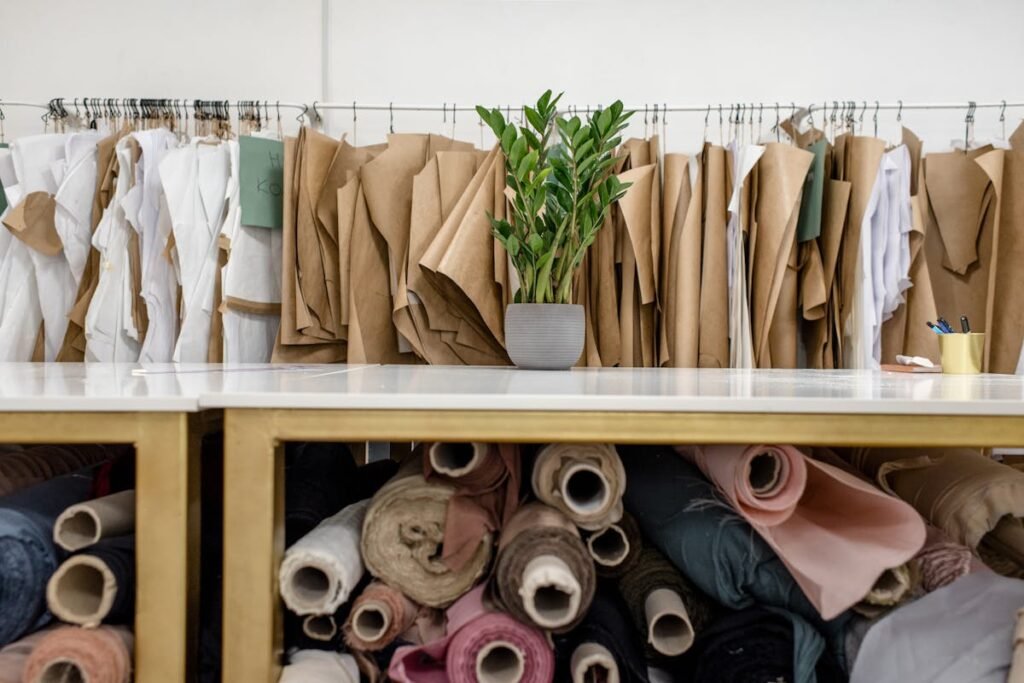
Cut-and-sew manufacturing has improved the production methods for starting companies. It eliminates the need for patterns when building a new brand, making it less restrictive and allowing for creative methods in producing high-quality and fashionable fabric products.
Cut-and-sew manufacturing increases the level of control throughout the various steps of the manufacturing process, including design creation, printing, cutting, sewing, and completion. With this method, there is no longer a requirement to use premade garments that may need adjustment. Cut-and-sew manufacturers provide designers the opportunity to imagine and bring their original creations to life.
If you are in need of cut-and-sew manufacturers for your products, consider LCR Services in Phoenix, Arizona. Our company is minority-owned and has been assisting various clients in the United States, including the United States Military.
Are you interested in hiring us for your cut-and-sewn product needs? Please contact us by calling 602-200-4277 or sending an email to <sennsour@lcrsvcs.com>. Choose LCR Services for all your cut-and-sewn product needs. Contact us today!
